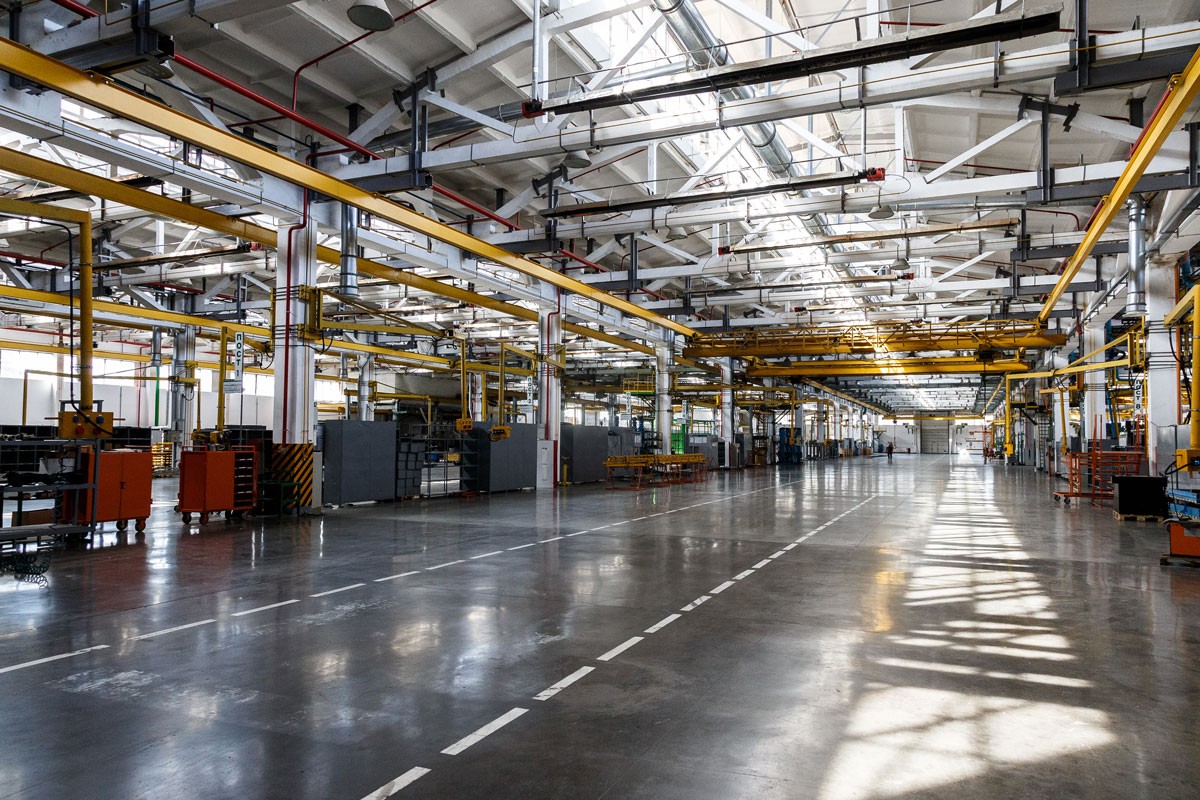Common misconceptions about plastic flooring
A quick background: Plastic and plastic are colloquial for the category of polymers. There are natural polymers, including polysaccharides, proteins or natural rubber, and artificial polymers. Artificial polymers are chemical compounds made up of chain or branched molecules. Polymers are light, flexible and stable, and since humans learned how to shape them, plastic has become an integral part of our lives.
But why does plastic have such a bad reputation? Below is a closer look at the common misconceptions about industrial PVC flooring.
You can’t walk well on synthetic floors
It is often assumed that standing or walking on PVC floors is uncomfortable and hard and therefore has a negative impact on employees’ health. In companies where employees have to stand for a long time, foam is often used as a floor covering. However, foam is not very resistant and heavy-duty vehicles should not drive on the foam floor.
Contrary to what is often assumed, there is PVC flooring that is both resistant and firm as well as flexible and cushions the steps. This floor can therefore be driven over by heavy-duty vehicles and its properties reduce employee fatigue. PVC flooring is not hard and breakable, as is often assumed, but flexible and stretchable.
Cheap equals bad quality
As soon as we pay little for something, we assume it is of poorer quality. This is often true, but not always. In addition, plastic is often imported from China, which does not exactly improve its reputation. There is a fear that the materials and the manufacturing process do not meet the strict EU guidelines. This concern is well founded, because in most cases the imported plastic is actually a material of inferior quality.
Plastic is so common precisely because it has low manufacturing costs. It also has numerous advantages over other materials, such as flexibility and low weight. But plastic is not just plastic. There are high-quality plastics that do not contain any plasticizers that are harmful to health. When choosing the right floor covering, you should check the quality of the plastic used.
Plastic flooring poses safety risks
Slippery surfaces can turn into slip traps when wet. There is a fear that synthetic flooring will behave in the same way. However, polymers are very flexible and it is possible to achieve R10 slip resistance with plastic tiles. This significantly reduces slip accidents in facilities that handle a lot of liquids, in both wet and dry conditions.
It is also believed that plastic catches fire easily and then produces toxic gases. However, plastic can not only be made non-slip but also fireproof, which means that the spread of flames is not supported and no toxic gases escape.
PVC flooring is not environmentally friendly
It is often assumed that PVC is extremely bad for the environment. However, if manufactured and reused in an environmentally friendly manner, the material can have a significantly lower negative impact on the environment than alternatives such as epoxy or vinyl. While PVC flooring is made from non-renewable resources such as petroleum, the material is extremely durable, resulting in a reduced carbon footprint over its lifespan. PVC can also be recycled. Ecotileboden, for example, produces PVC tiles that are bought back by customers at the end of their life cycle. The old tiles are melted down again to make the next generation of floor tiles.
There is no question that plastic consumption should be recited, especially when it comes to single-use plastic. However, the material has many advantages for certain applications and, when manufactured, processed and recycled appropriately, is less harmful to the environment than many of its alternatives.
